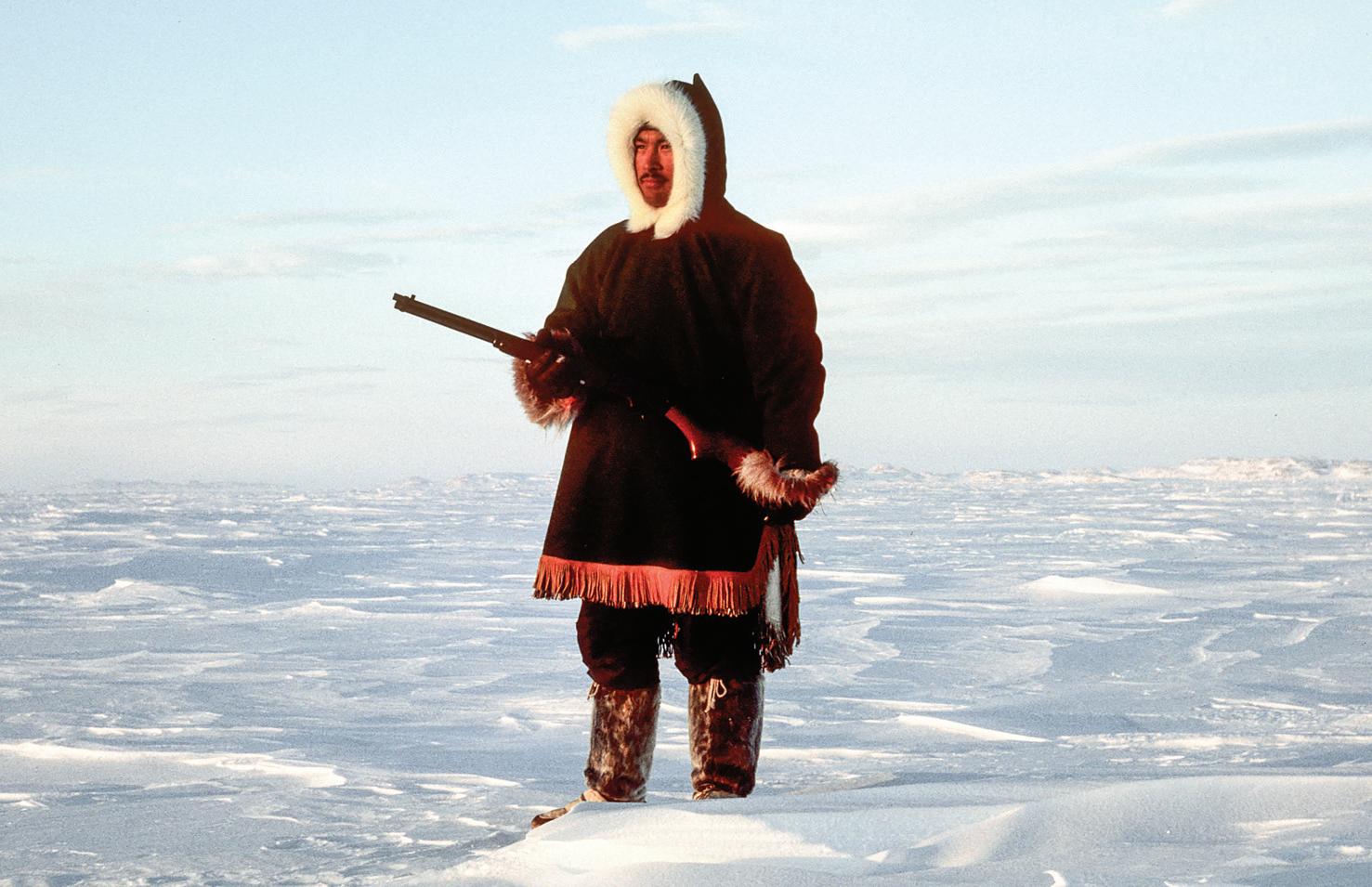
4 minute read
Culture The Ancestors Are Happy
The Ancestors Are Happy
A New Book by David F. Pelly
Advertisement
Four decades ago, in Qamani’tuaq, an older woman told me an amazing tale. Fascinated as I was at the time, I had almost no understanding of the cultural backdrop to her story. Nor did I know then that I’d be spending much of my life recording oral-histories from Inuit elders. Fortunately, I wrote her story down in detail later that evening, back in my tent. All I could do, as Iquginnaq actually spoke, was listen with rapt attention, while sitting at the kitchen table of a new friend who translated for me. I remember the scene well, including the strong sweet tea and Joan’s homemade pineapple upside-down cake.
Those words are from the introduction to the “People” section of the recently published The Ancestors Are Happy, but they could as easily be an introduction to my own life story (which will never be published). A long journey began for me that evening. This book is a reflection back on some of the stories gathered up along the way in more than 40 years in the North. What an honour and a privilege it’s been.
The book includes 15 individual profiles, Iquginnaq’s first among them, as well as tales larger than any one person that arose from experiences involving multiple people and places. One of those led to me digging more deeply into traditional Inuit navigation. Before the storm began, I did not really know Tulurialik at all well. It was my first winter trip “out on the land.” Tulurialik planned to check his trap line one last time before the season ended, and invited me to join him. Travelling by snowmobile over the trackless tundra, an area I was familiar with only in summer when its lines are much softer, I marvelled at Tulurialik’s intuition. Time after time, he pulled up beside an insignificant hump in the snow and thrust his snow knife beneath the crust to exhume a steel foxtrap. For the first time, I was witnessing two amazing processes: an Inuk’s ability to navigate great distances of seemingly featureless terrain and the acute visual perception that enabled him to recognize a precise spot on the snow. These observations were still whirling around in my head four days later, as we sat in our iglu, patiently waiting out the blizzard that had begun late on that first day.
Iquginnaq. © David F. Pelly
Inuit finding their way over more seemingly featureless terrain. © David F. Pelly (4)


We became good friends, Tulurialik and I, luckily for me, and travelled many more miles together. As with others. All the lines of travel that weave across the tundra are like so many pieces of the narrative thread. Travel routes themselves are often described in terms of the stories they represent. But the destination is not always so clear. When one old friend asked me to accompany him back to the home of his youth, although I knew where we were going on the map, I had no idea where the journey would take him in his heart.
Standing on an island off the Arctic coast, looking up the valley of Kutgajuk, Sikkuark intoned, “It looks different from my dream.” Along with his brothers Manernaluk and Anakanerk, he was returning to his “homeland,” a place he’d only dreamed of since leaving it almost 50 years before. Looking at it now, Kutgajuk looked familiar, yet mysterious.
That journey was not easy for them, but each of those men was deeply grateful and pro‐foundly moved to have made the trip. It is often like that, I learned; one elder said, “when you go on the land, you go into yourself.” Being with the three brothers on that journey was an ex‐perience never to be forgotten.
The approach to Kutgajuk. L to R: Sikkuark, Anakanerk, and Manernaluk.
Some years ago, I attended a special midwinter evening with Inuit elders who had gathered to celebrate old stories and traditional knowledge. There was much talk of the generations which had gone before, and the wealth of stories and knowledge that had been passed down through the ages. When it ended, I remember stepping back out into the frigid Arctic air, drawing an icy breath, and looking up to see the northern lights dancing across the southern sky overhead, as if celebrating the event. An older, very perceptive Inuit friend, who was standing close by, stopped to look up with me and reflectively said, “Our ancestors are happy”.
The North is a landscape of stories, a tapestry fabricated of ancestors, animals, and the land with its diversity of features. It is not constrained by geography. The land itself is rivers, tundra, glacial scrapes in the bedrock, eskers, and seacoasts — all woven together by the stories that tie the people to the land and preserve their place in the soul of this country.
David F. Pelly is a longtime contributor to above&beyond. Excerpts (in italics) are taken from The Ancestors Are Happy, Crossfield Publishing, 2021, www.crossfieldpublishing.ca To order: yellowknifebooks.com or 18009446029


An Inuk hunter, Isaac Tavalok, contemplates his route over trackless tundra.








